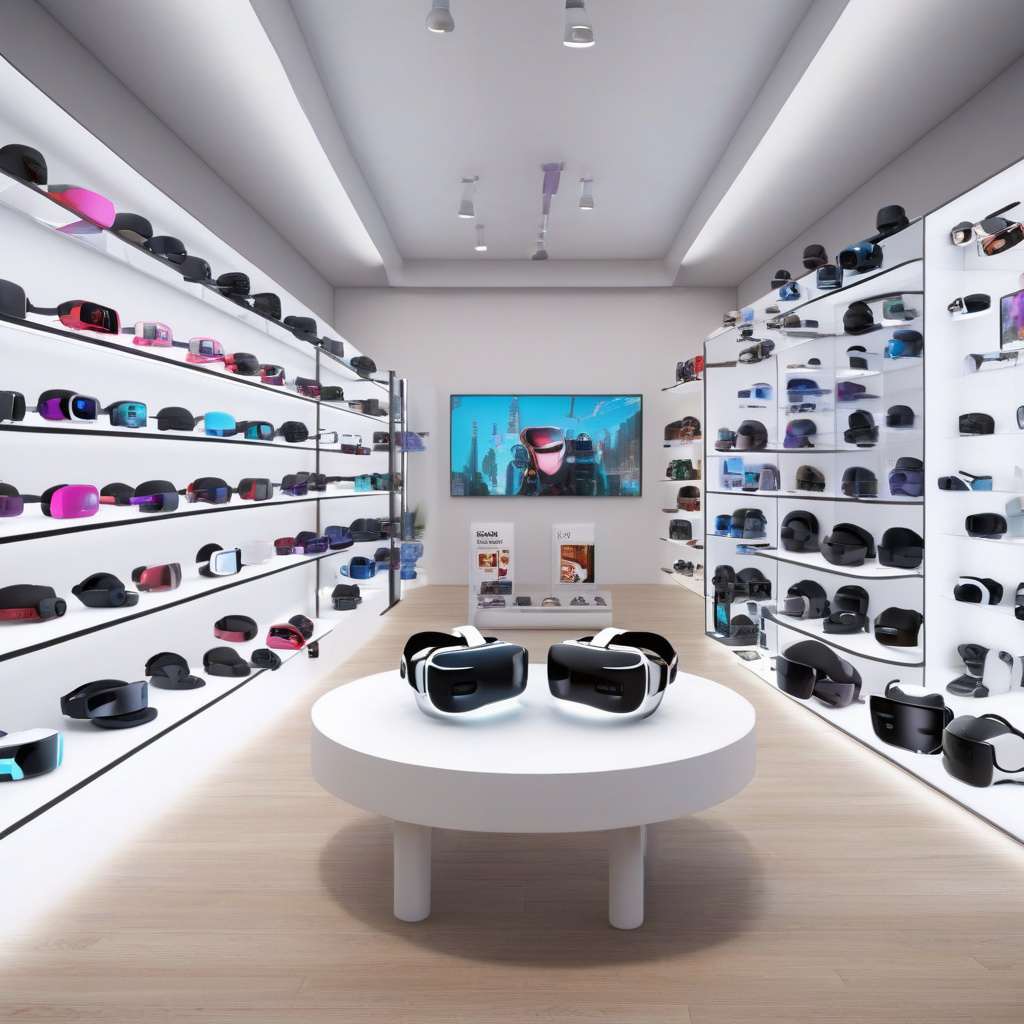In the ever-evolving landscape of technology, virtual reality (VR) has long been hailed as the next frontier. However, recent data from a report by analyst firm Counterpoint reveals a concerning trend: sales of VR headsets dropped by 12% in 2024 compared to the previous year. This decline marks the third consecutive year of decreasing sales, indicating a persistent lack of demand, particularly on the consumer side.
Despite the overall decrease in sales, Meta emerges as the top performer in the market with an impressive 77% market share. Following Meta are industry players like Sony, Pico, DPVR, and Apple, each striving to carve out their niche in the VR landscape. Interestingly, Apple’s Vision Pro headset has garnered increased interest among business users, showcasing potential in specific market segments. However, accessibility remains a challenge as the headset is only available in a limited number of countries and territories, limiting its widespread adoption.
Looking ahead, Counterpoint anticipates that the demand for VR headsets will continue to remain subdued in the coming year. Nevertheless, there is a glimmer of hope on the horizon as interest in smart glasses equipped with augmented reality (AR) functionalities is projected to surge. This shift in focus towards AR-capable smart glasses signifies a potential pivot in consumer preferences within the immersive technology space.
The low demand for VR headsets raises pertinent questions about the factors contributing to this trend. One crucial aspect to consider is the current state of VR content and applications. While VR offers immersive and engaging experiences, the lack of compelling content may hinder widespread adoption. Developers and content creators play a pivotal role in driving interest and demand by crafting innovative and captivating experiences that leverage the full potential of VR technology.
Moreover, affordability and accessibility remain key barriers to entry for many consumers. High price points coupled with limited availability of VR devices may deter individuals from investing in this technology. As companies strive to make VR more accessible and user-friendly, addressing these barriers will be essential in expanding the market reach and driving demand.
In light of these insights, it is evident that the VR industry is at a crucial juncture, navigating challenges in consumer demand and market dynamics. As technology continues to advance, the key lies in adapting to changing consumer preferences and innovating to meet evolving needs. By focusing on enhancing content quality, improving accessibility, and exploring new avenues such as AR-integrated devices, the VR industry can potentially revitalize interest and reignite growth in the immersive technology sector.
In conclusion, while the current data indicates a decline in demand for VR headsets, the industry’s future remains ripe with possibilities. By embracing innovation, addressing consumer concerns, and adapting to emerging trends, the VR sector can chart a path towards renewed growth and relevance in the evolving tech landscape. As we look towards the horizon, the convergence of VR and AR technologies holds the promise of unlocking new realms of immersive experiences, shaping the future of digital interaction and entertainment.

